5 Essential Tips for Building School Science Labs
Are you applying for CBSE, ICSE, or IGCSE affiliation? Or perhaps planning to construct an affiliated school? In either case, designing a compliant and functional science lab is essential.
Here, we share five key tips on how to design a science lab for schools that meets all educational board requirements and optimizes student learning.
Indian education boards—including CBSE, ICSE, IGCSE, IB, and various State boards—have specific guidelines for setting up school labs. This guide will help you navigate the rules and create an effective science lab environment.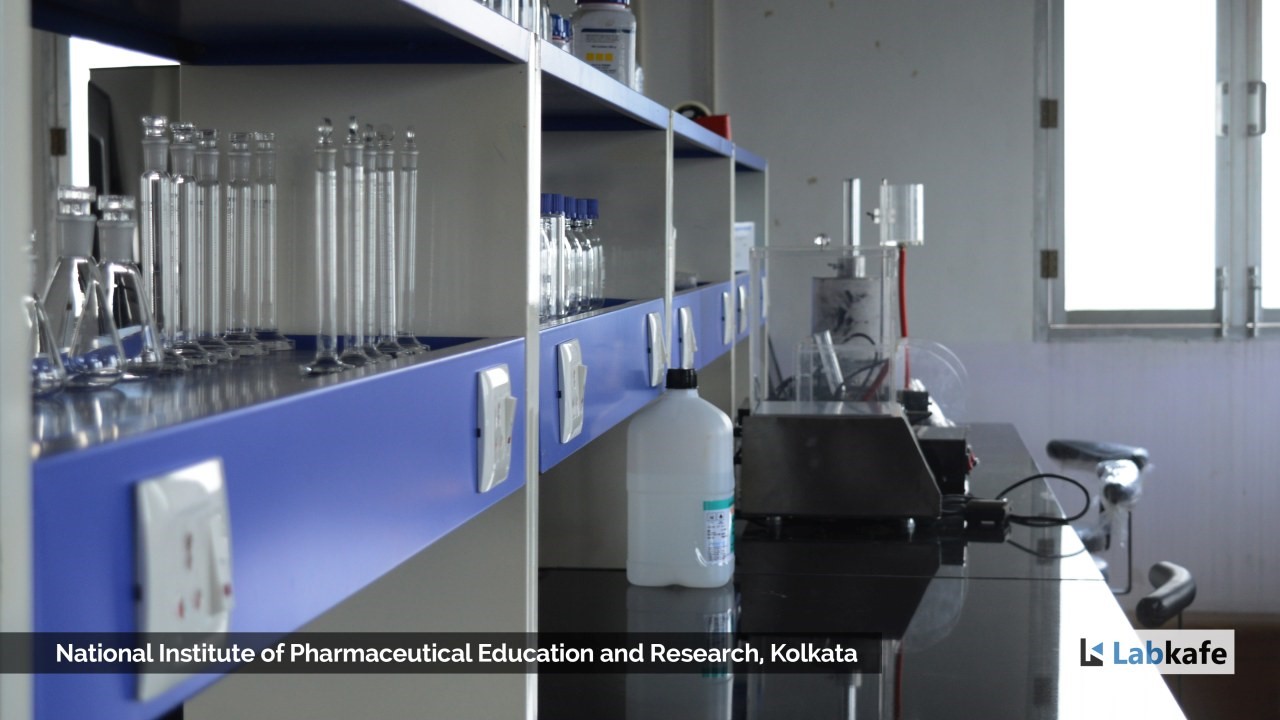
Tip 1: Begin Science Lab Design with Early Planning
A laboratory is a critical asset in schools, as it provides hands-on learning, a fast-growing educational approach worldwide. To start, consider these foundational aspects:
- Location: Labs on the top floor offer good ventilation but may require extra safety considerations. Ground-floor labs are often preferred for easier access to utility lines and greater safety.
- Room Size: Most board affiliations specify a minimum lab size (often around 600 square feet), which should accommodate lab furniture, storage, and space for around 30 students, along with the teacher and lab assistant’s workspaces.
Before choosing a location or size, decide how many and what types of labs are needed. Labs can vary from composite science labs for secondary students to specialized labs for physics, chemistry, and biology. Schools might also benefit from adding geography, math, or social sciences labs.
There are four kinds of labs in school ‒
- Composite (science) lab for secondary level
- Physics labs
- Chemistry labs
- Biology labs
There can also be laboratories for geography, math, and social sciences if you choose to add them to your school (they really do matter!).
Tip 2: Hire a Professional Science Lab Designer
It is lucrative to think that one can do all the designs on their own, or maybe the builder or architect of the school has all the answers. Don’t make that mistake ‒ it never pays well. Instead, call up a professional lab design company like Labkafe to help design your lab.
They will send experts to measure out the space, note down room features like doors and windows, and come up with a floor plan perfectly suitable for your lab room. Once you get these plans, you will far better understand what should go where and complicated matters such as foot traffic control and ventilation and utility linings. Our experts will explain everything.
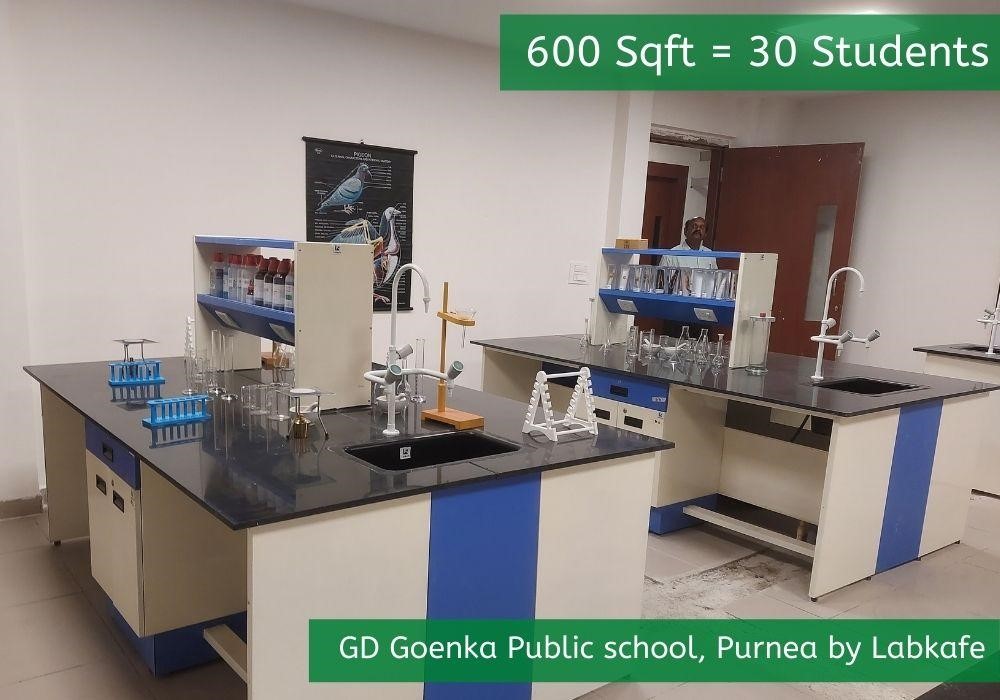
Tip 3: Don’t put down utility lines yet.
Your first impulse may be to get the utility lines in the room first (like water, electricity, LPG, drainage) and then build the lab accordingly. This makes things unnecessarily complicated and difficult. Instead, a better idea would be to call up the lab design company first, let them design the space, and then lay the pipes as they instruct. Then do the finishing of the room as fits.
For example, your builder or architect will most probably insert the gas line through a corner in the floor, and put only one switch box with internal wiring beside the door. This is horribly wrong and creates a lot of extra work.
In reality, a wet lab would require gas lines coming down from framework overhead, and internal wiring in the wall right beside each lab workbench unit. If your lab needs island tables isolated in the middle, then wiring and plumbing has to be done through the floor. Obviously, you can’t do these unless you get the design made first.
Tip 4: Make it safe.
We can’t stress this point enough ‒ lab safety takes paramount importance in lab design. By law you are required to provide adequate safety equipment, ventilation, and evacuation route/training in every laboratory you will build.
To that end, your lab designer must advise you about crucial points such as safety equipment placement and training, foot traffic control, and ventilation. You’ll need fire extinguishers, eye wash, first aid kit, etc.
We can’t put our kids’ lives to chance ‒ we have to make sure the labs are safe even with human error.
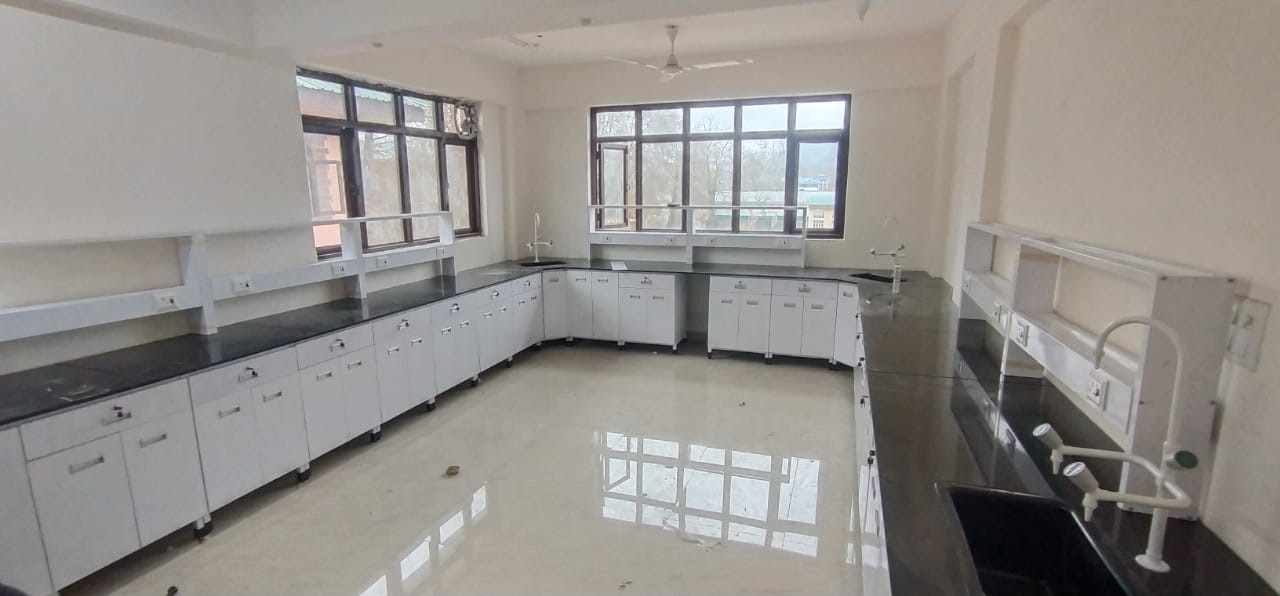
Tip 5: Get certified lab equipment.
Perhaps this goes beyond saying, but it is kind of obvious that you won’t get results if you buy lab equipment from the cheap local market. First of all, there are so many of them! Just building the list of lab equipment, apparatus, glassware, support items, and consumables you will need to cover the syllabus for a single lab is a gigantic and thankless task.
But there is an easy yet reliable solution for that. Look for lab equipment packages on sale. We have preconfigured affiliation packages that conform to each board syllabuses. These packages bundle everything you need for the affiliation together and so this way you can leave off the extra headache. What’s more, you can also customize these packages if you wish to add or remove something.
Even more important, get your equipment only from a certified manufacturer. A manufacturer always provides better service than a third-party supplier, and better warranties and aftersales support as well. Also check for their certification. A proper lab equipment company will be ISO certified at least. Look for other certificates like BIS, SEFA, NABL etc. as well ‒ the more quality certificates a company has, the more trustworthy their products are.
Finishing Touches
Obviously, the above is not all ‒ far from it. There is the whole purchase/procurement procedure, paperwork, receiving the shipment and overseeing the installation, and checking out if everything is okay or not. A good lab infrastructure supplier should help you in each and every step of the whole cycle, making your experience as fluid as possible.
At the end of the day, our target remains to make affordable quality practical education accessible to all children. Our skilled organization is geared towards this vision, serving one prestigious institute after another, glowing strong while providing a robust backbone to the educational infrastructure of the country.
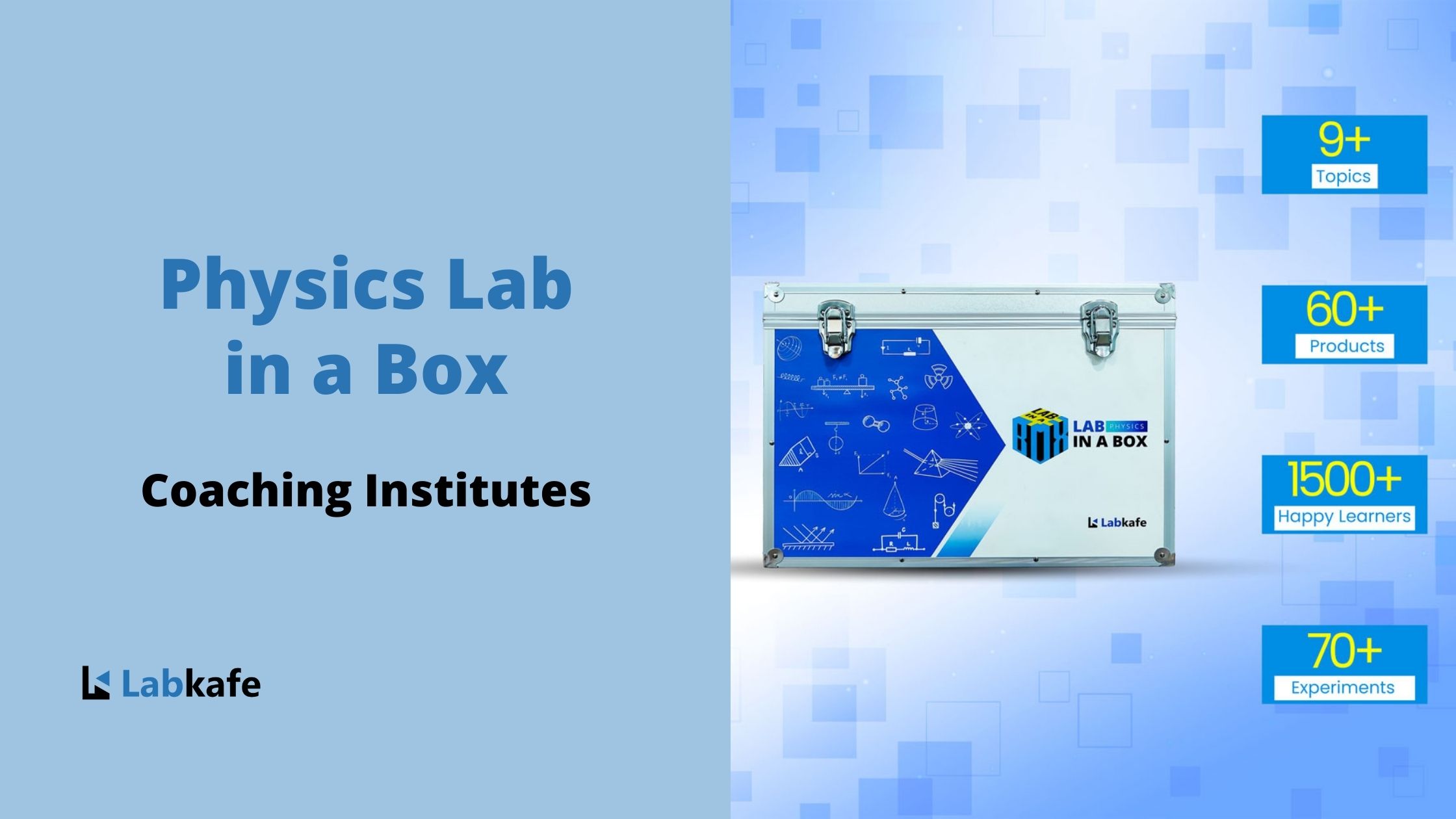
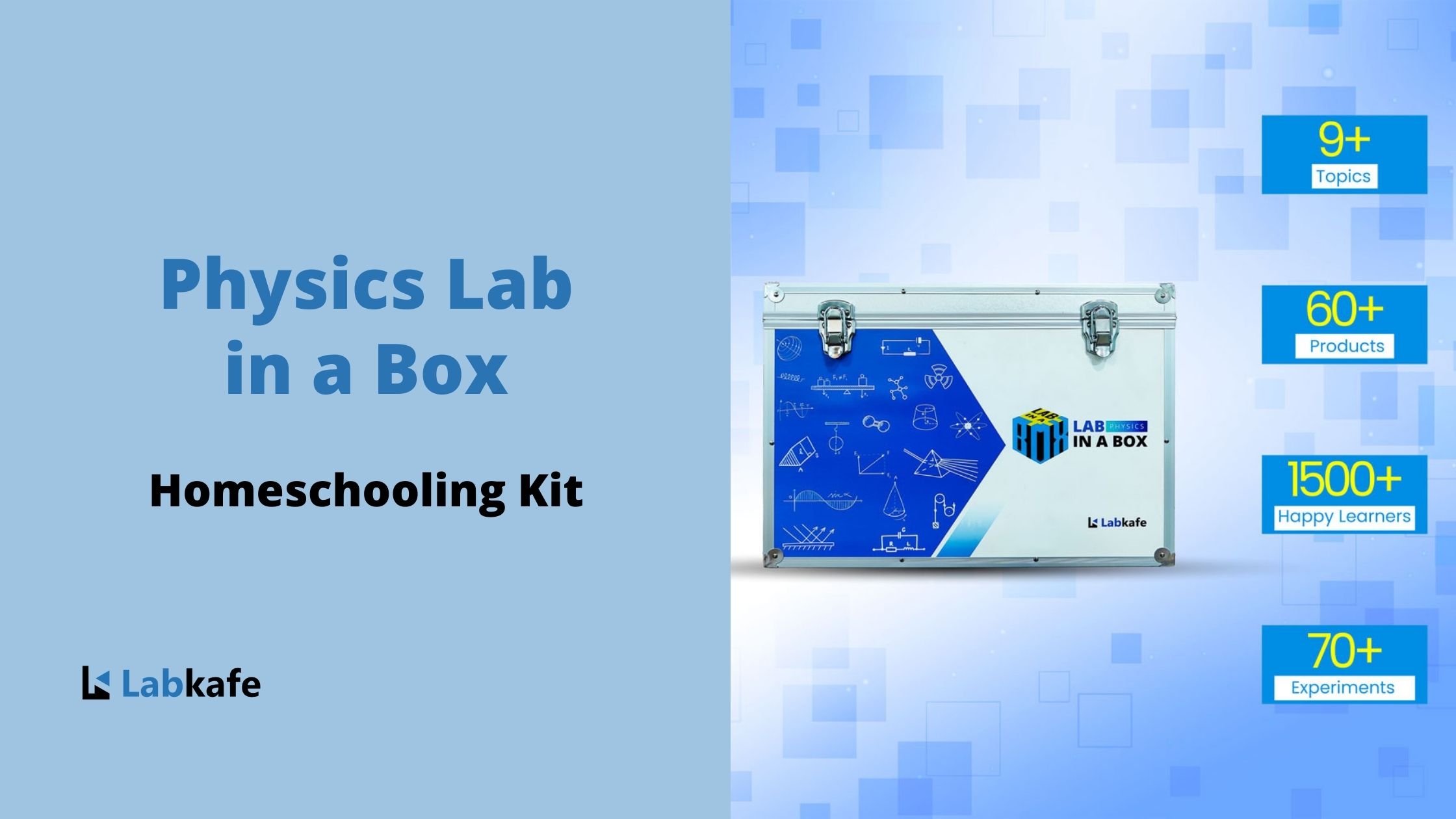
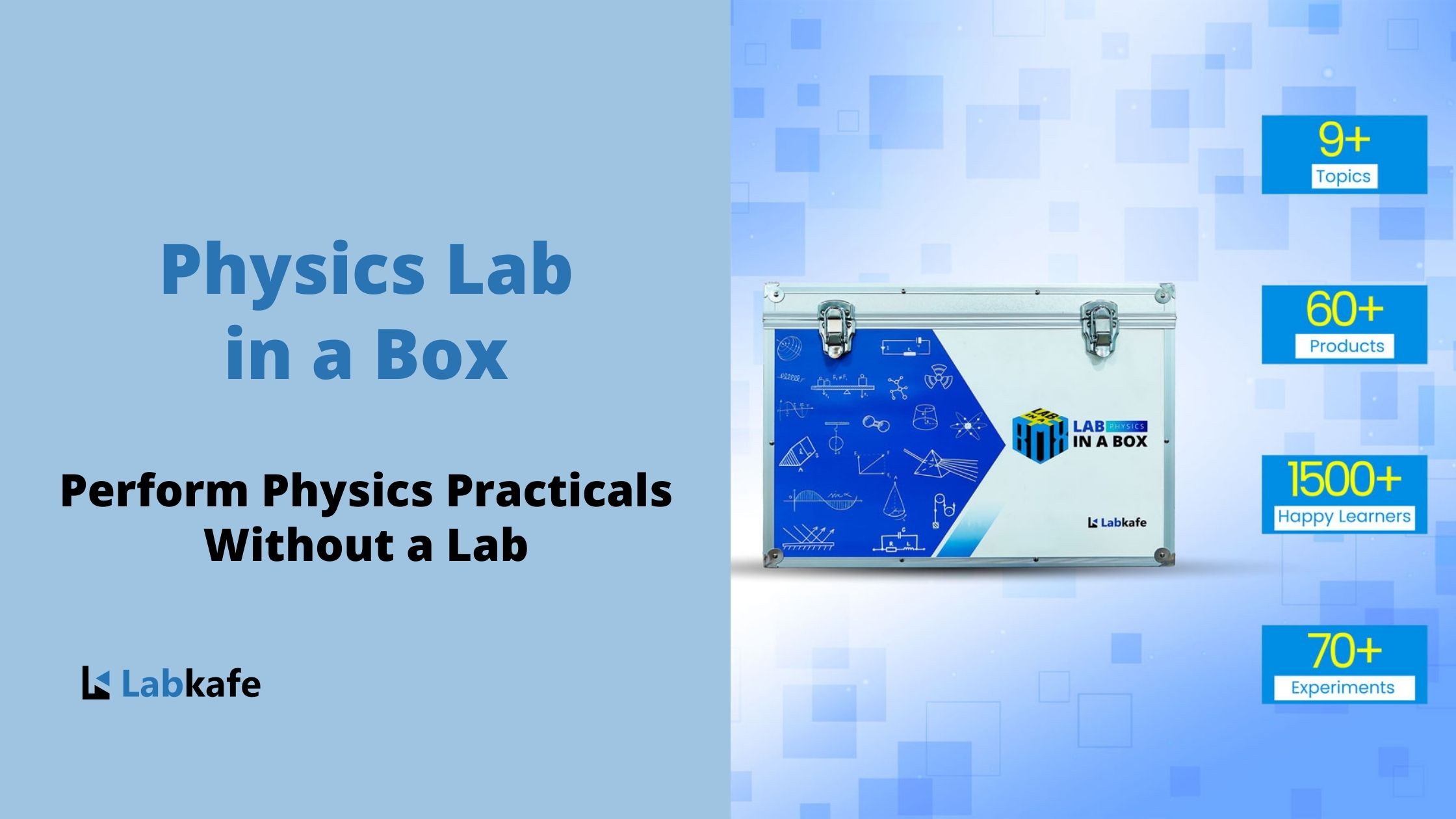
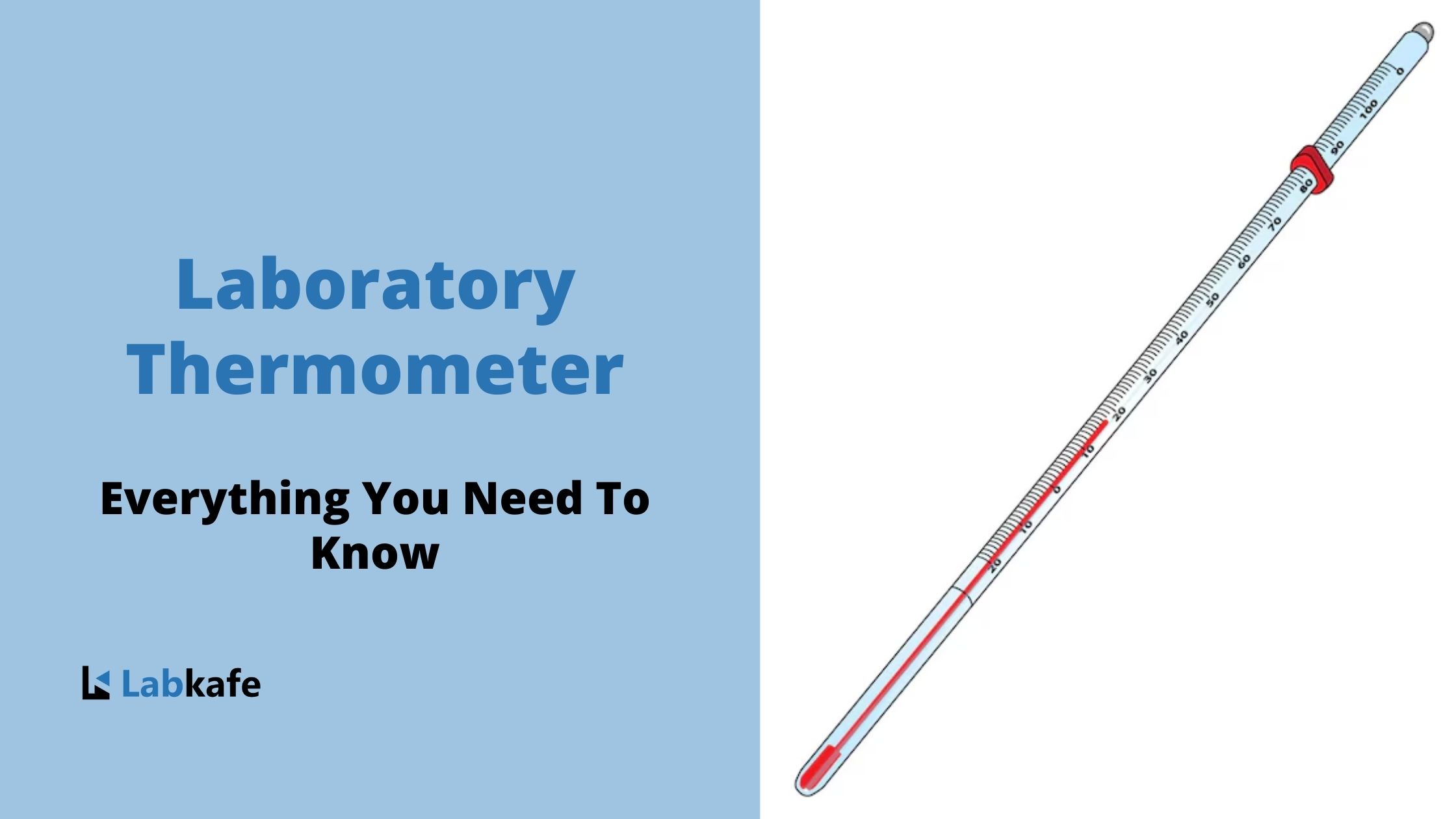
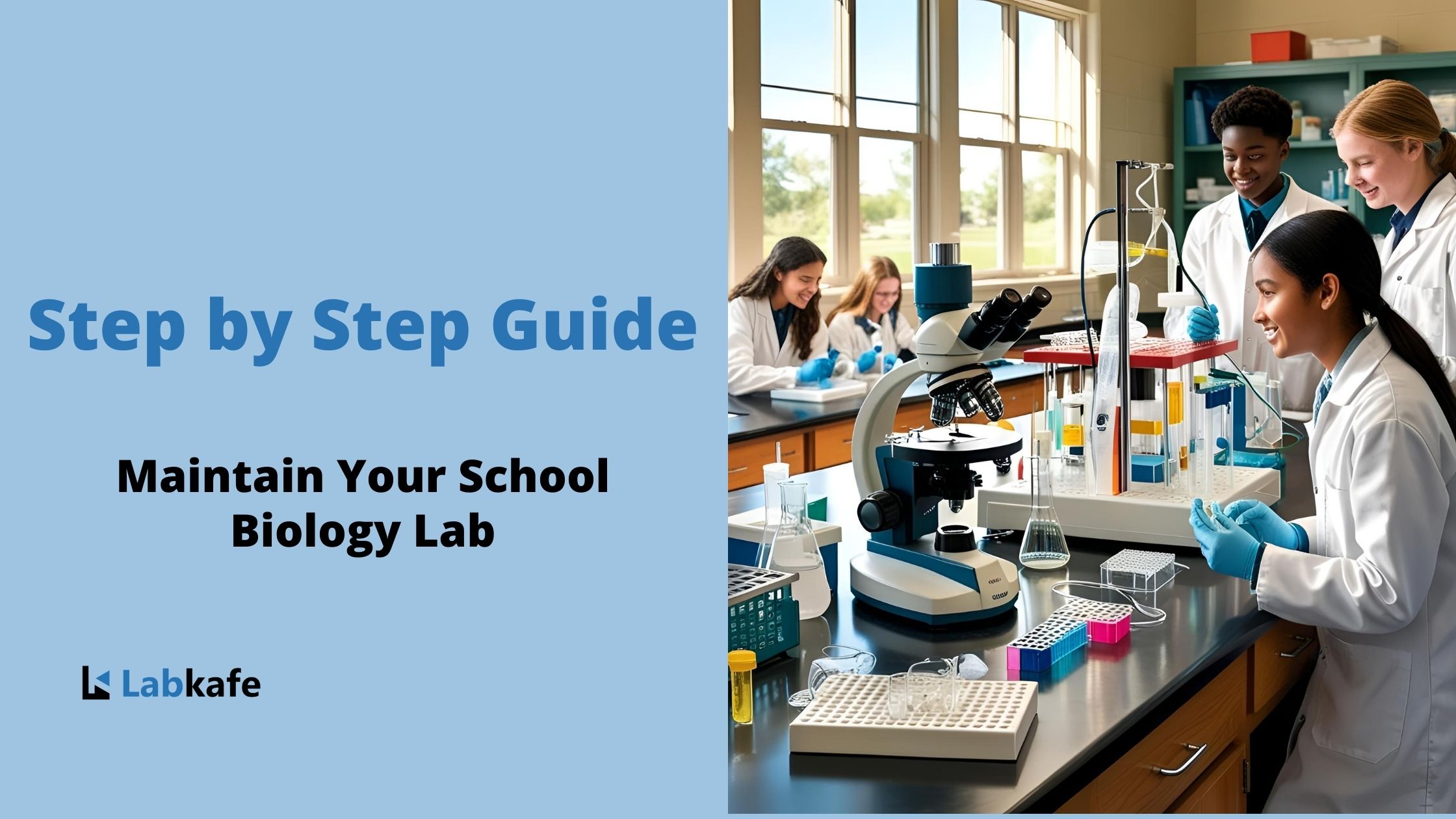
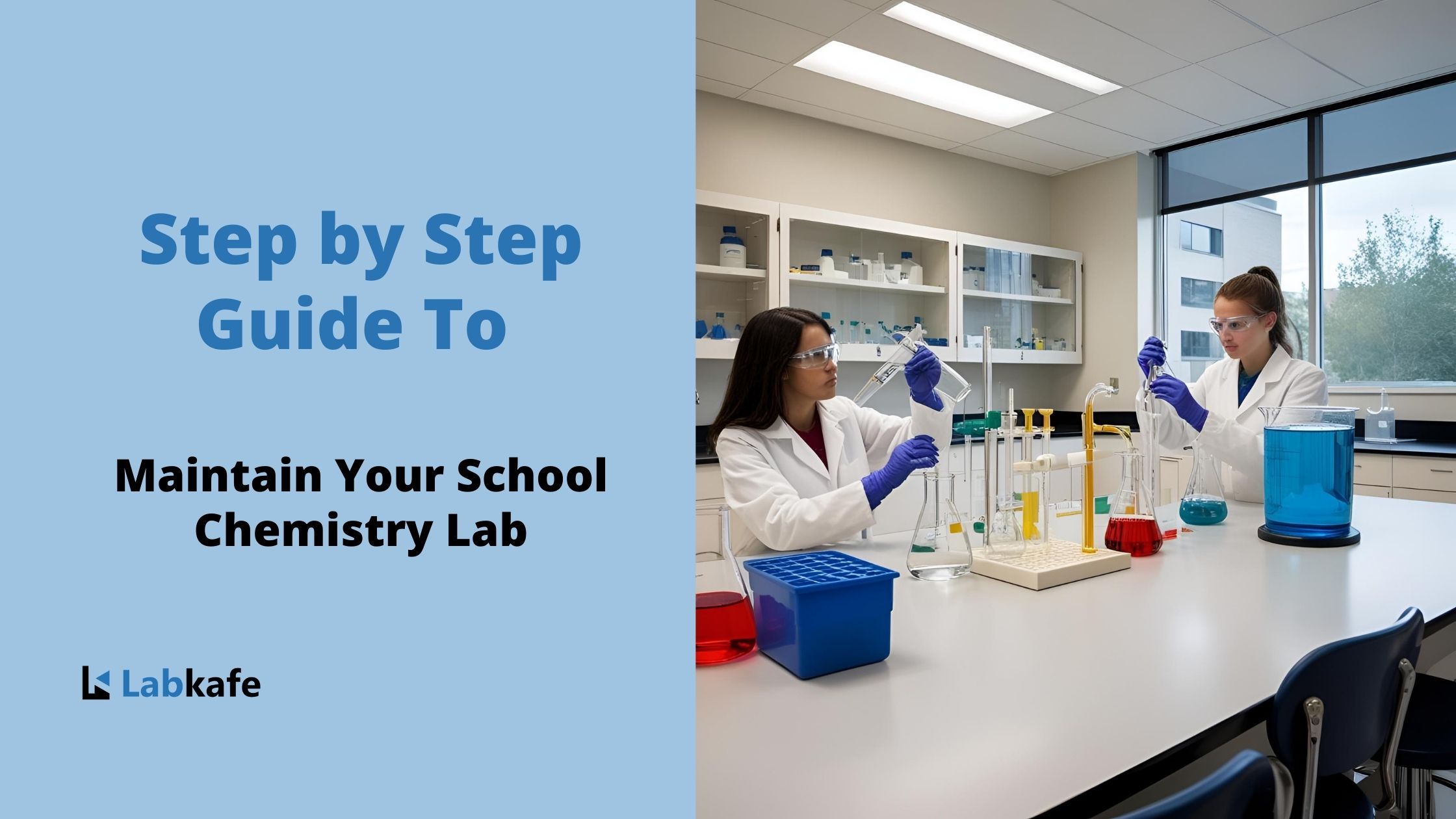
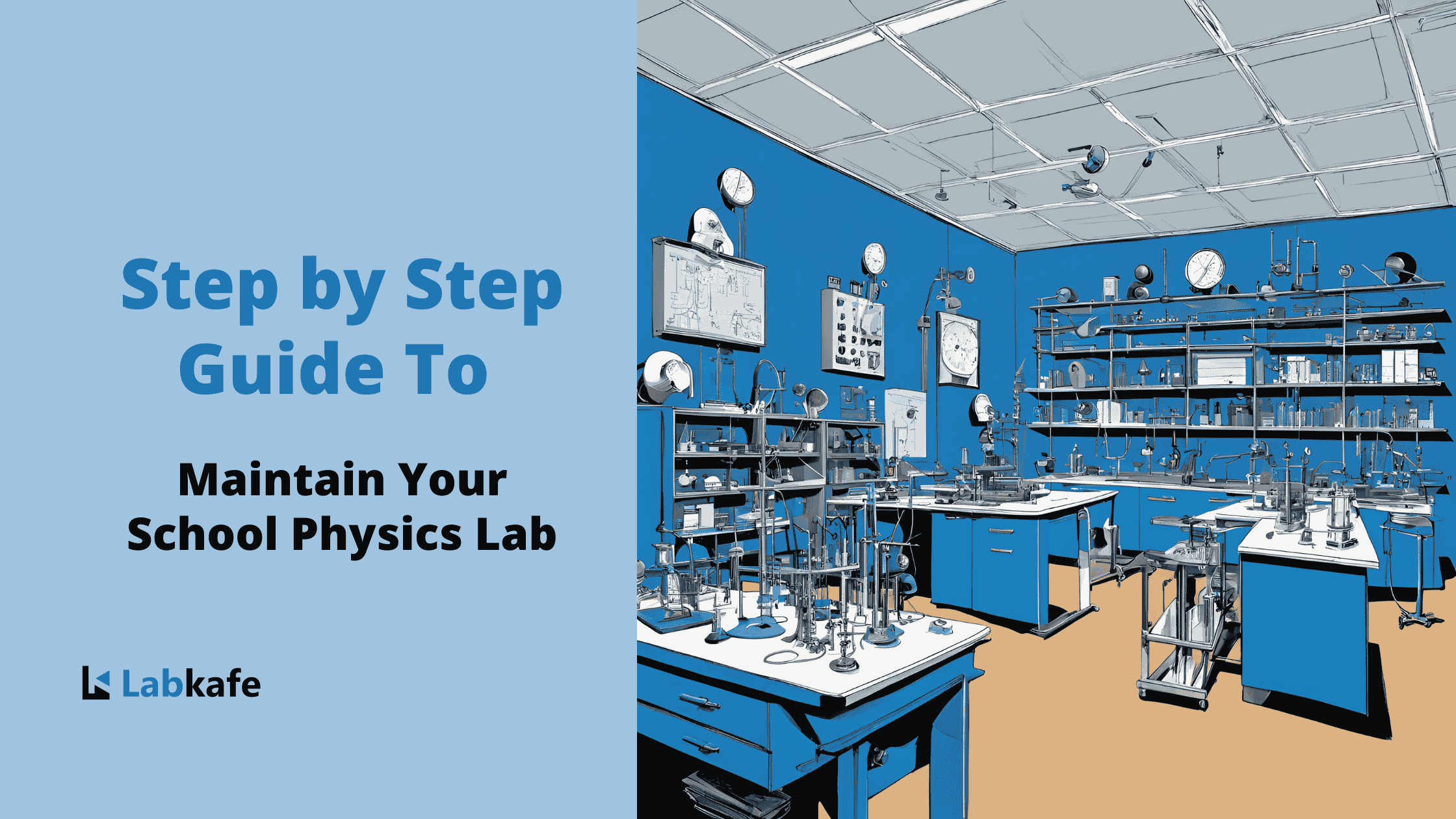
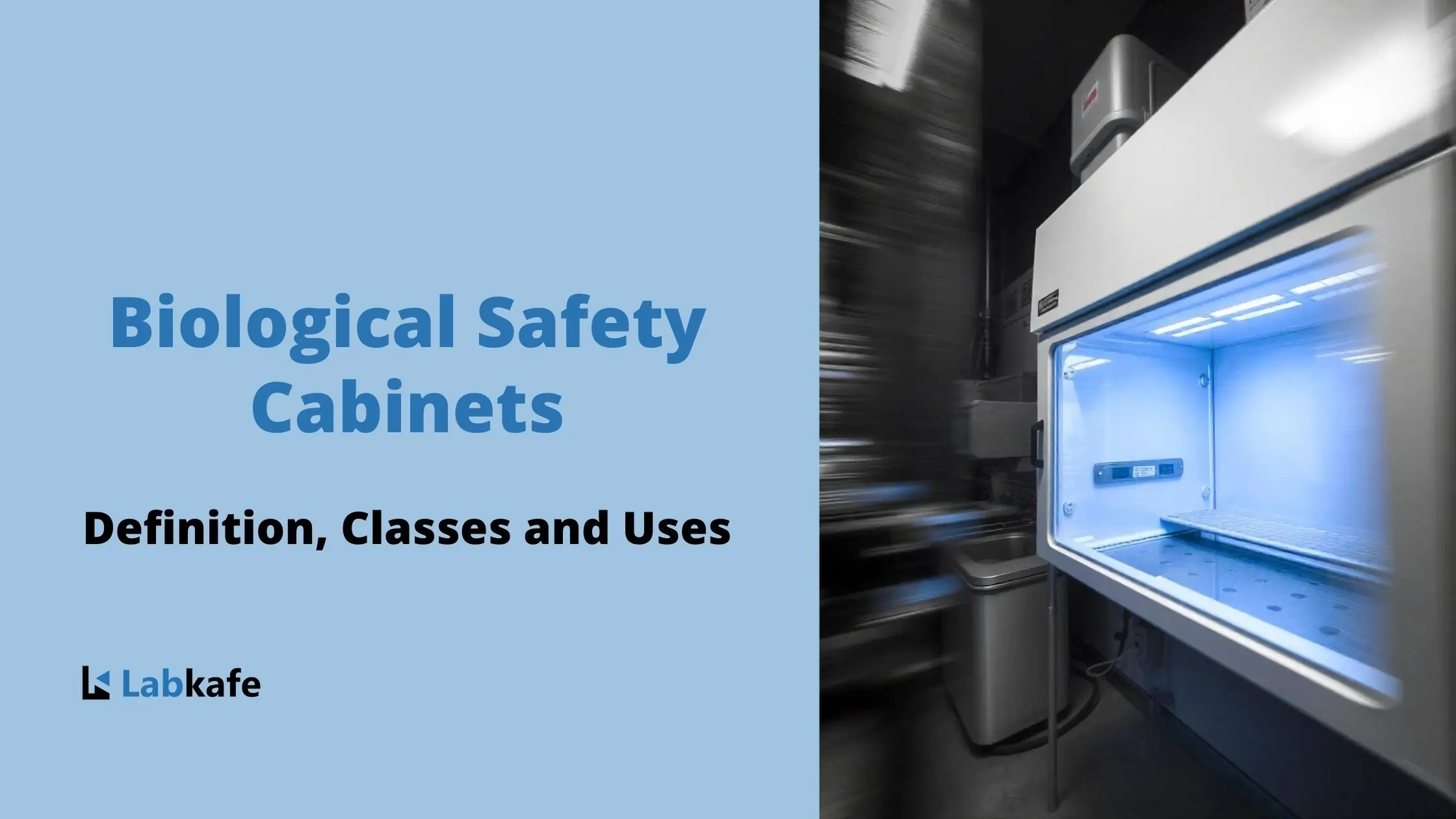
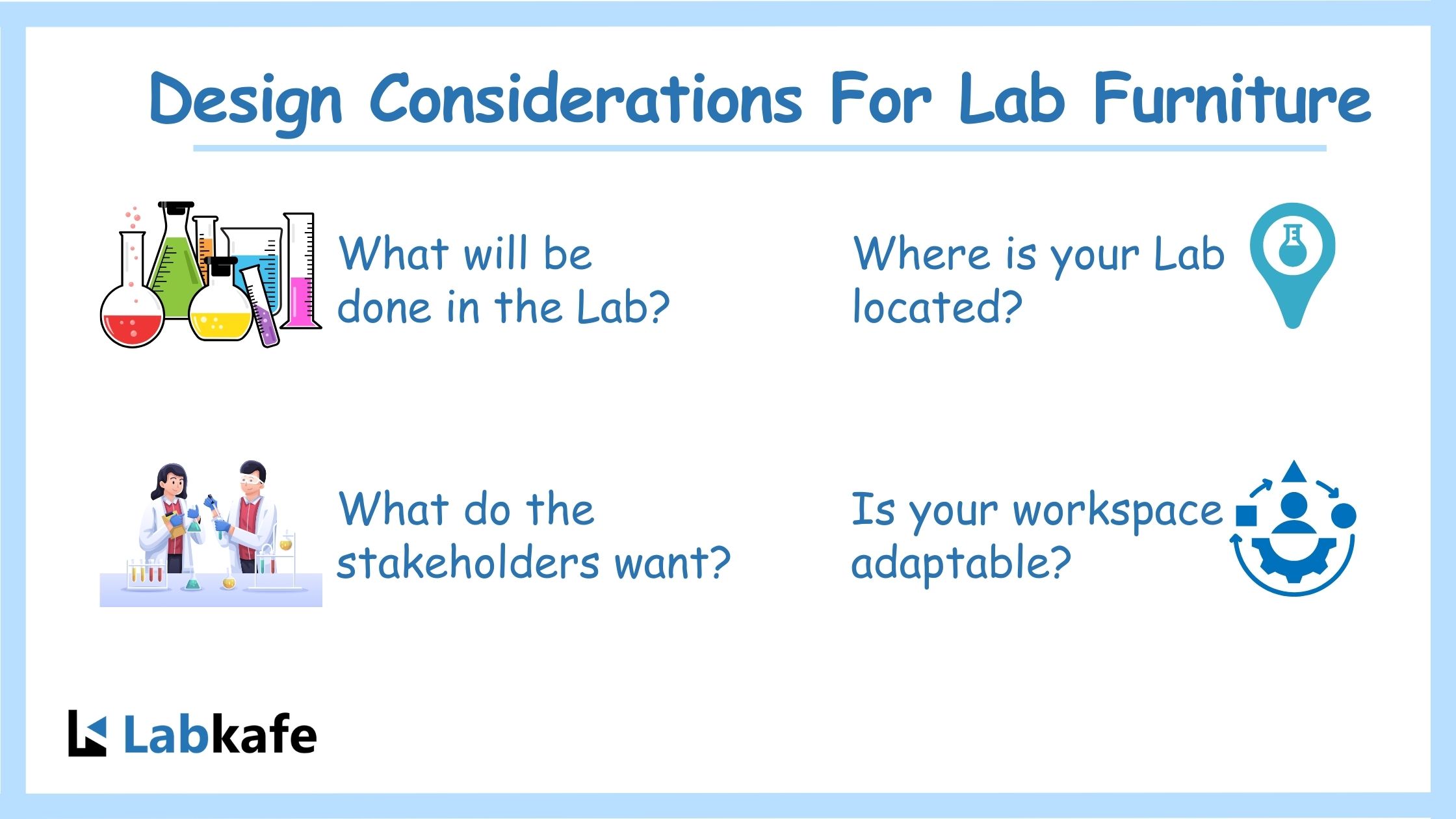

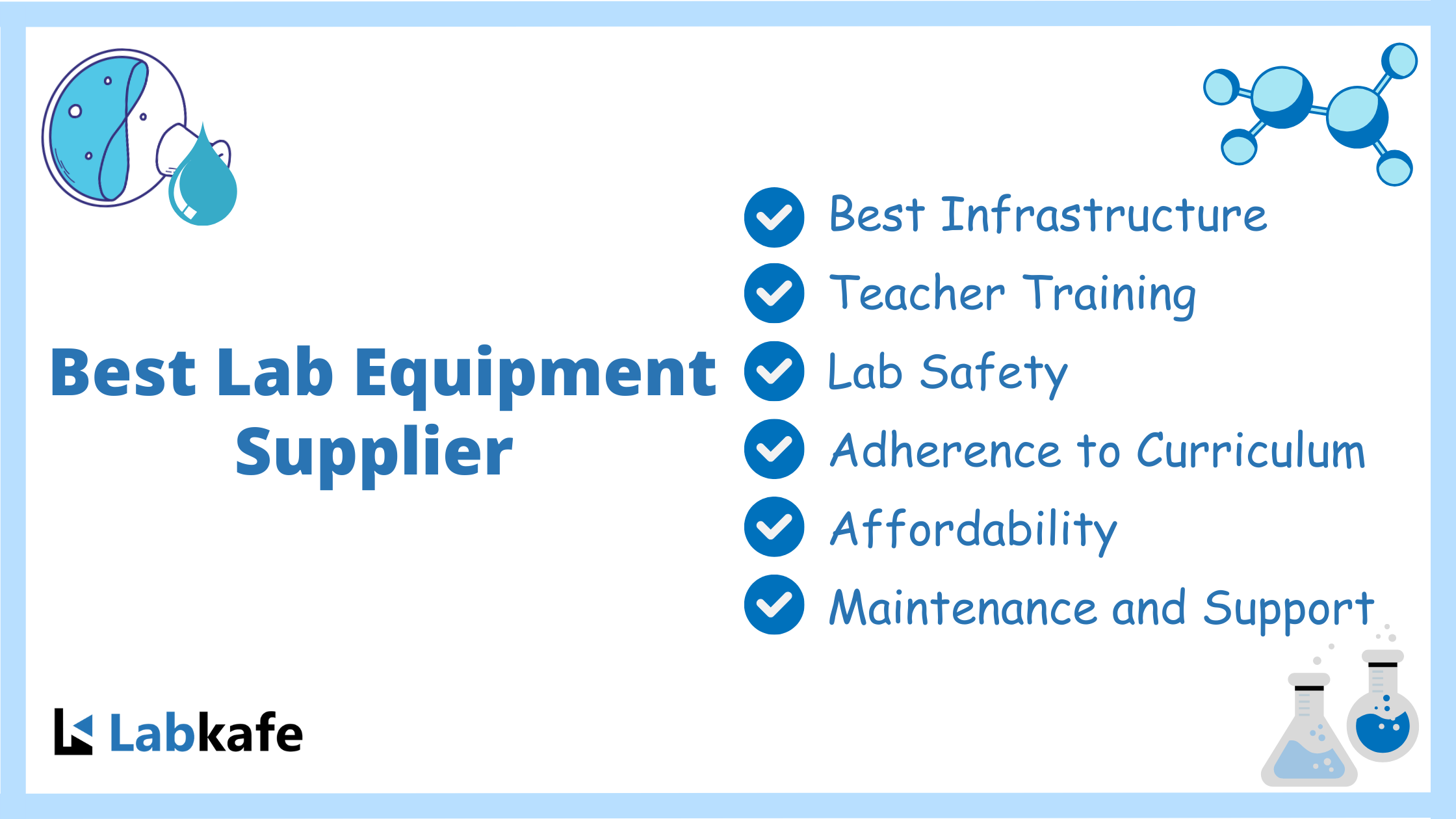

Leave a Reply